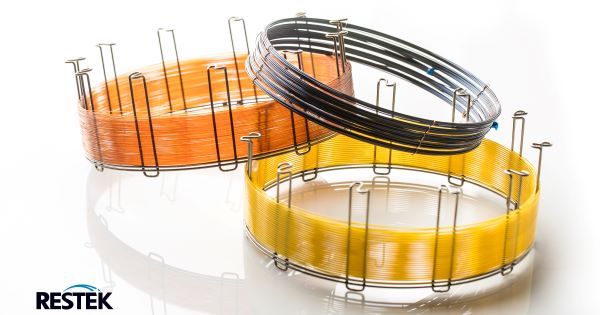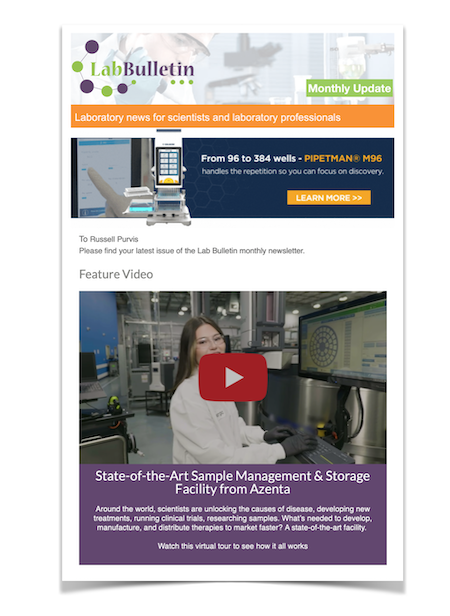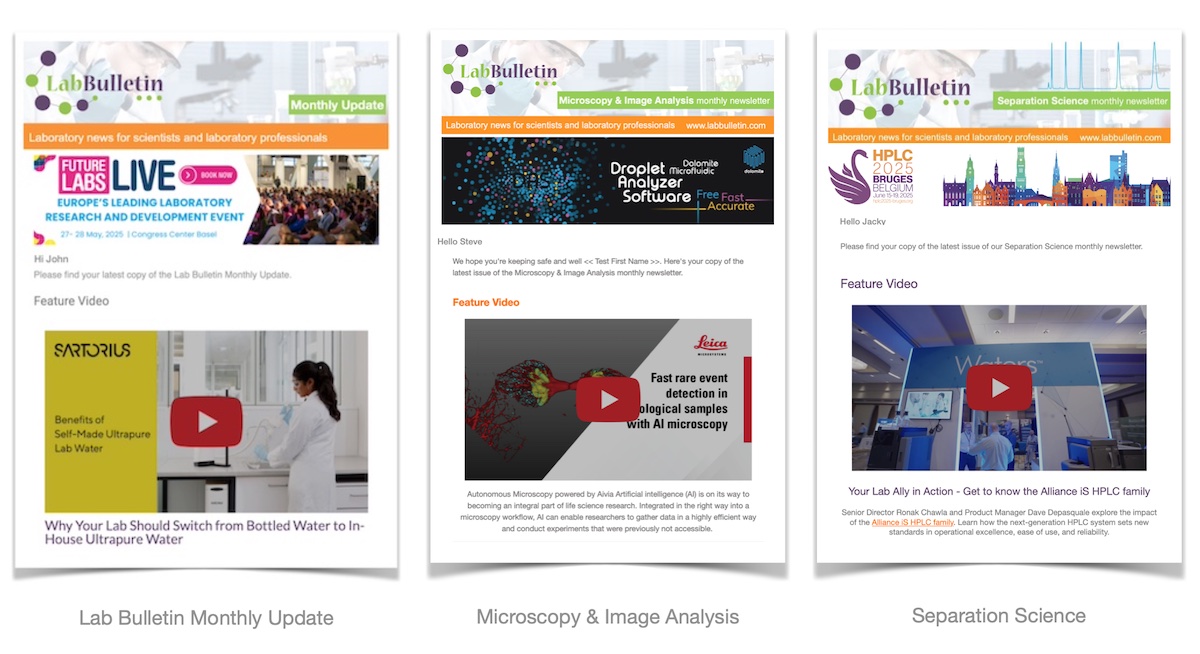Members Login

Channels
Special Offers & Promotions
Low-Pressure GC-MS (LPGC-MS) chromatography: Is it right for your analysis?

Low-pressure GC-MS (LPGC-MS) is a chromatography technique that uses the MS vacuum system, along with a specially designed column setup, to lower pressure inside the entire column, thereby significantly speeding up analysis. In addition to the speed benefit, LPGC-MS can also provide a cost savings by dramatically reducing helium consumption.
In fact, the potential benefits of LPGC are numerous:
- Up to 3.3x faster than conventional GC-MS.
- Saves money by reducing helium use up to 81%.
- Factory-coupled, leak-free kits make setup as simple as a column change.
- Ideal for fast GC-MS and GC-MS/MS methods.
But is this technique right for you? One factor to consider regarding your analysis is critical separations. If there are no critical separations, the analysis is generally amenable to LPGC. If there are critical separations in your conventional GC-MS analysis and those resolutions are important to maintain, then some additional considerations need to be weighed before switching to LPGC. Since the LPGC technique trades resolution for speed, applications requiring the same or better resolution of critical pairs may not be amenable.
Applications that require a column longer than 30 m for a conventional GC-MS may not work for LPGC-MS because the length is most likely providing needed resolution of analytes. However, if your critical pairs are not isobars, the spectral resolving power of the MS can be used to separate them while speeding up your analysis times! This means LPGC can work for your analysis and result in significant speed gains.
Another factor to consider is the sample capacity and the increase in sensitivity (or S/N) that can result. If you’re already running a fast GC method (for example using a 10 m x 0.10 mm ID column), LPGC can provide more sample capacity than the smaller ID columns (short, narrow-bore columns) that are typically used. So, if you have a fast run but would like more sample capacity, LPGC is a good option!
Additionally, since LPGC allows for more sample capacity and narrower peaks, using LPGC can result in higher S/N, better sensitivity, and the ability to reach lower detection limits.
If you’ve got a burning question about LPGC, check out Restek’s FAQ page.
Media Partners


